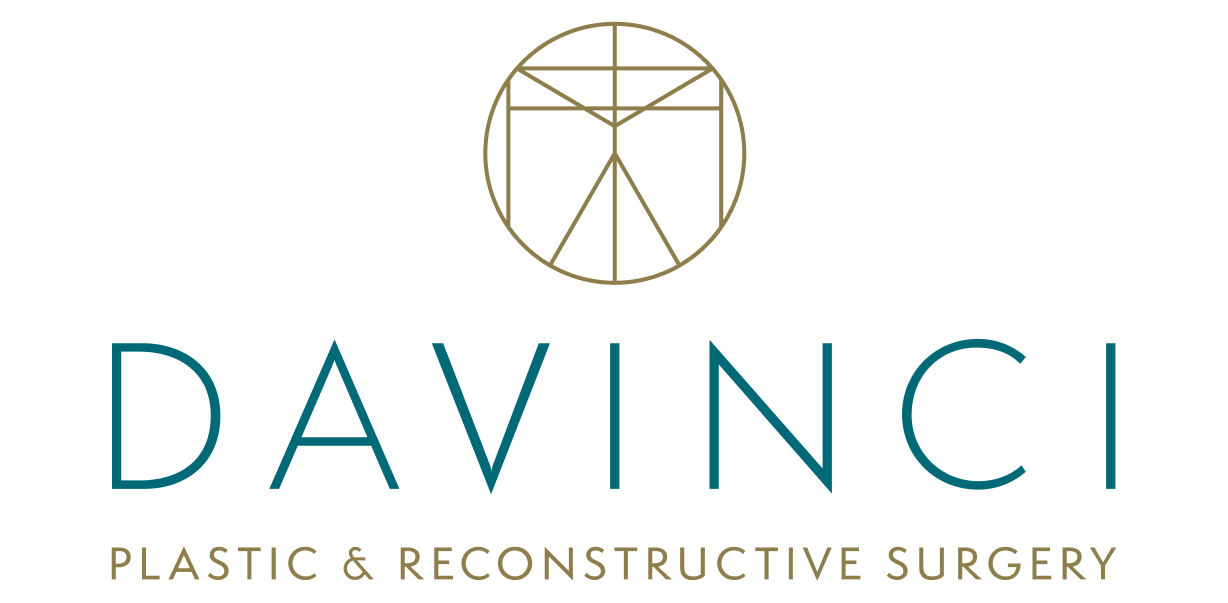SOLUTIONS FOR KELOIDS…the SCARS THAT DON’T STOP!
Posted October 17, 2014 in Body Cosmetic Surgery, Keloids and Keloid removal, Lesions and moles, Uncategorized
SCARS often come with a myriad of emotions. Some scars remind us of pain, others of joy; of accidents or medical emergencies, or the miracle of ew life emerging via c-section deliveries. In the eyes of a plastic surgeon, a scar is not our friend. We want to leave the most minimal, if not invisible […]
Read More






